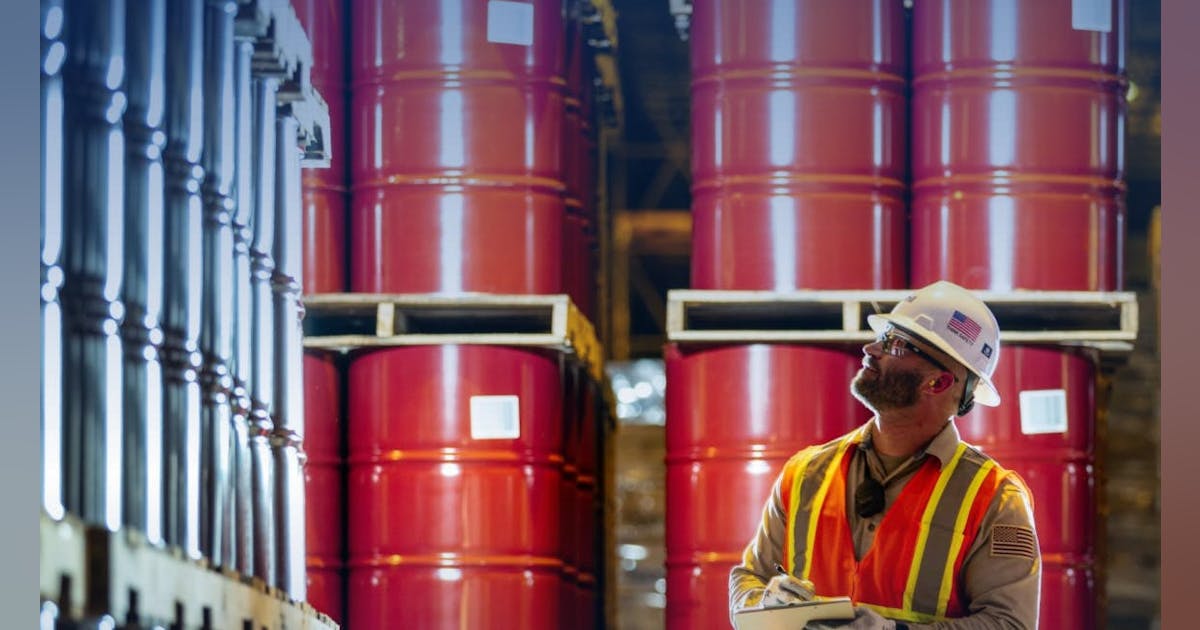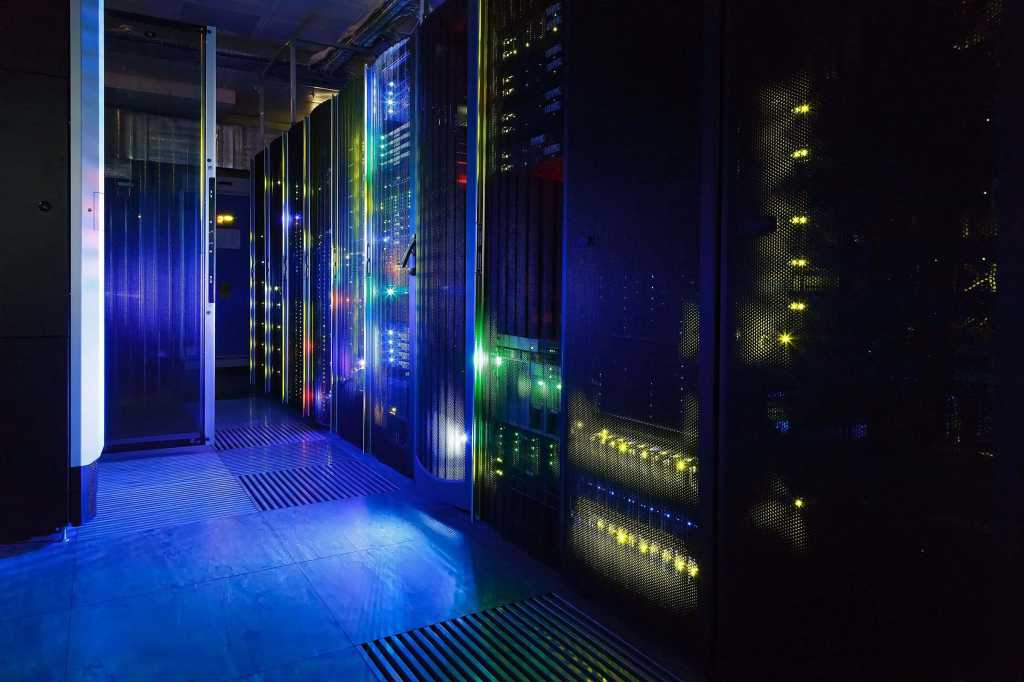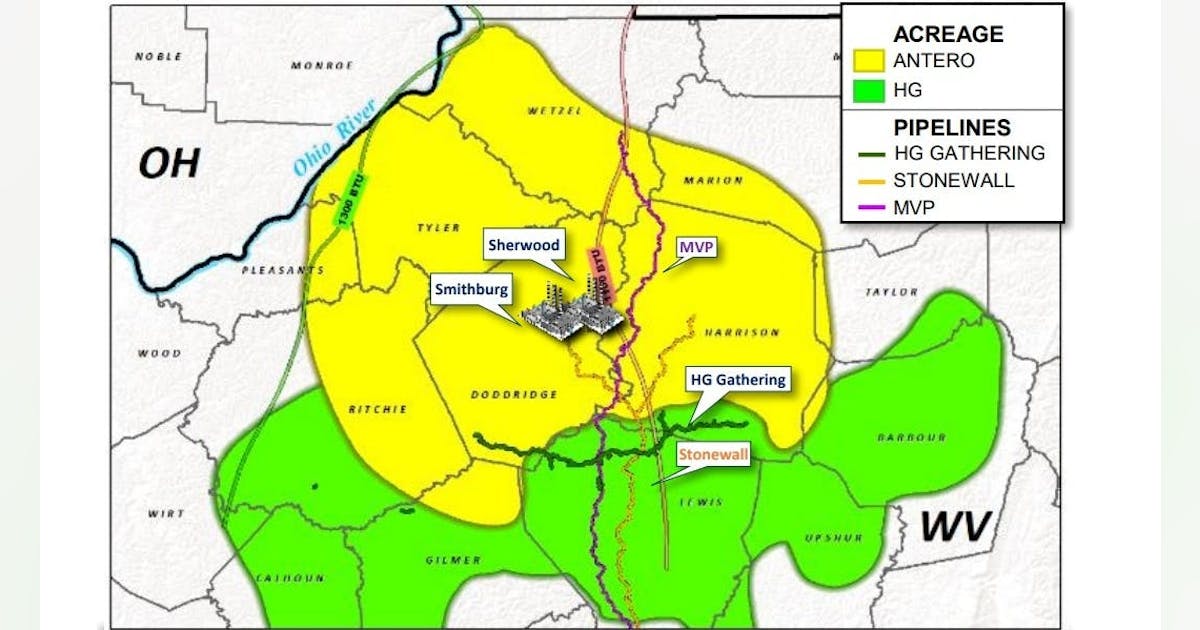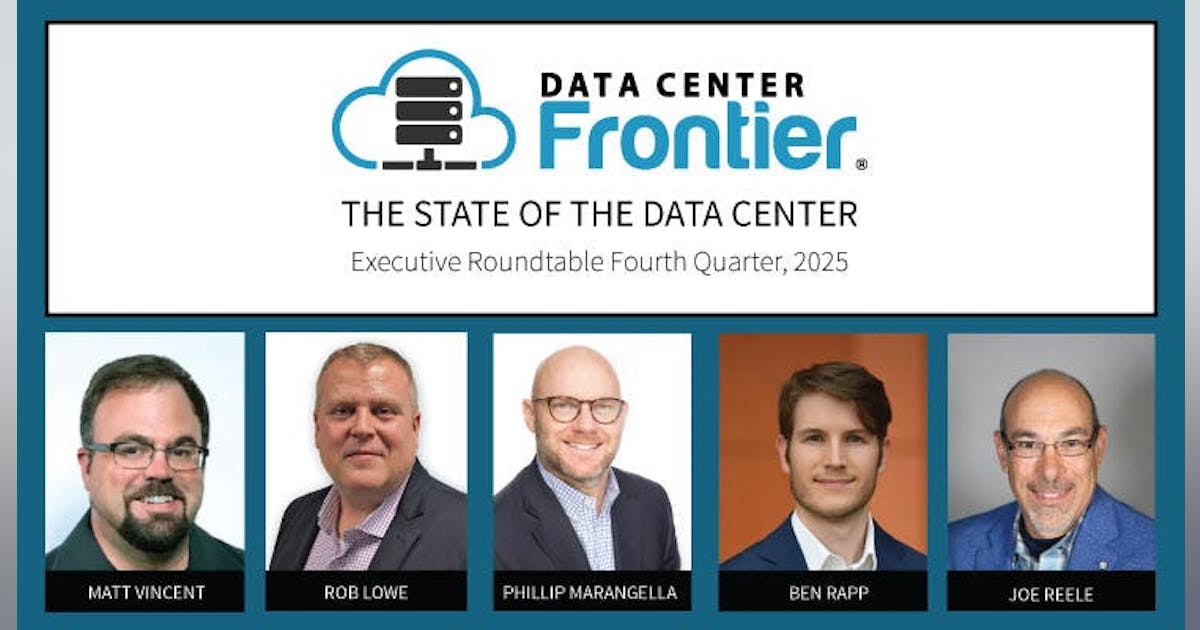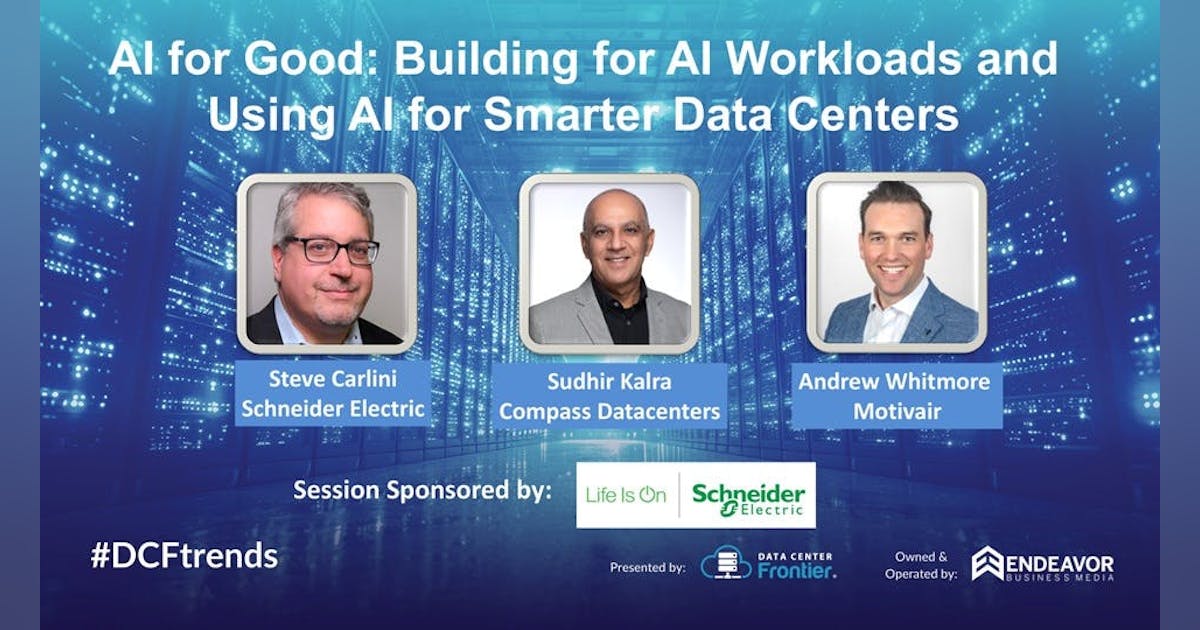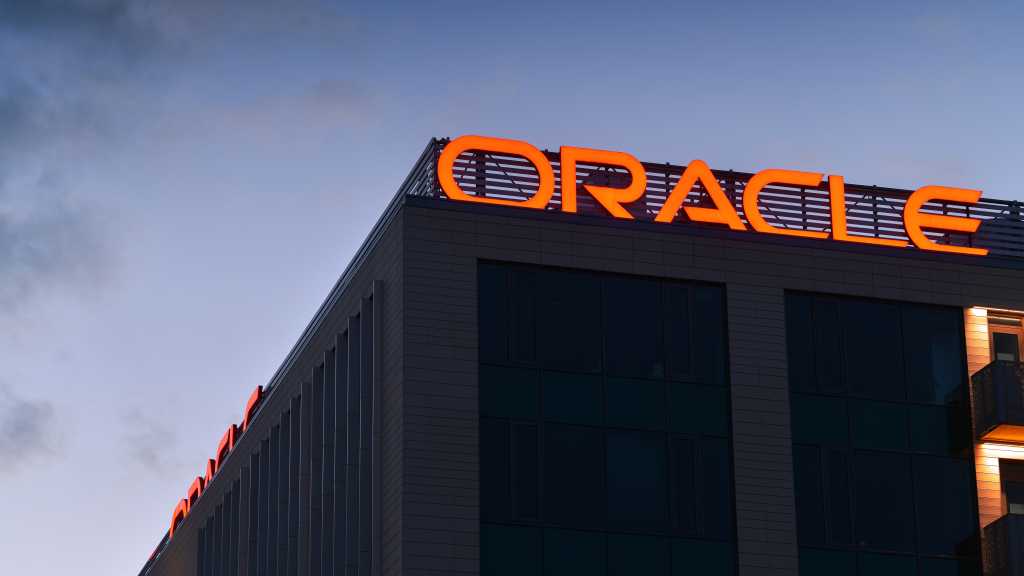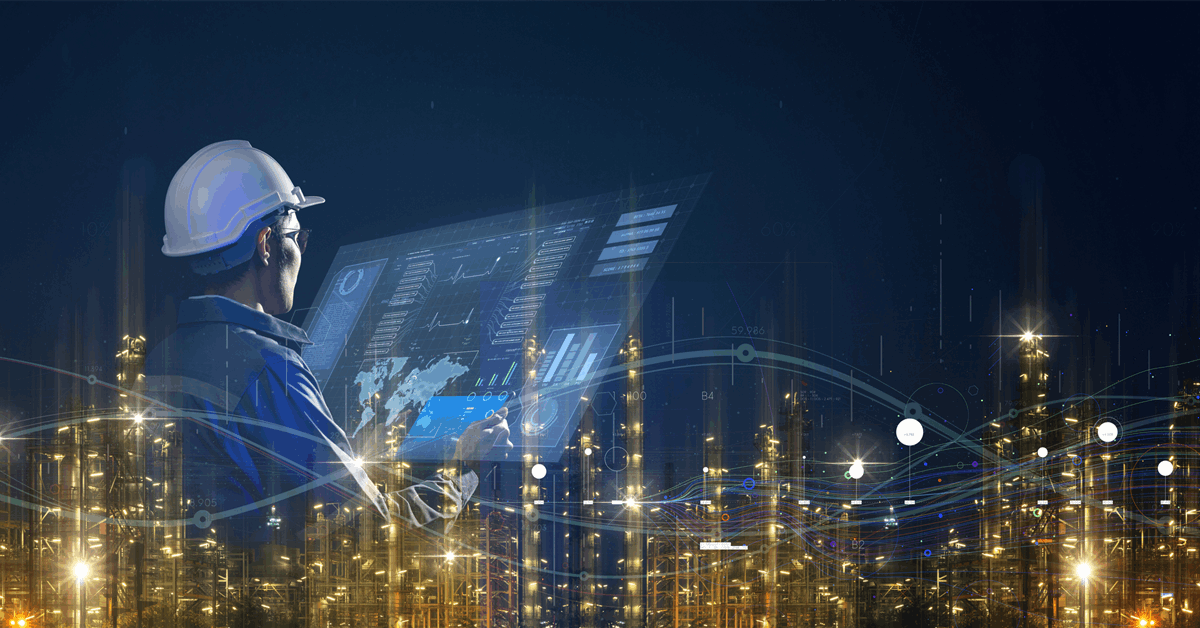
Weatherford International plc said it has signed a strategic memorandum of understanding (MoU) with Abu Dhabi-based artificial intelligence firm AIQ.
The collaboration aims to integrate Weatherford’s software and hardware solutions with AIQ’s AI-driven systems, Weatherford said in a news release. The combination will enable operators to “optimize their production workflows, reduce downtime, and significantly enhance operational efficiency across global oil and gas facilities,” the company added.
Weatherford President and CEO Girish Saligram said, “We are excited to partner with AIQ to bring innovative, AI-driven solutions to the oil and gas industry. This strategic partnership allows us to deliver cutting-edge technologies that empower our customers to maximize their operational efficiency, enhance automation, and reduce costs. By combining our strengths, we are leading the way in helping operators modernize their workflows and achieve greater success in today’s rapidly evolving energy landscape”.
Magzhan Kenesbai, Acting Managing Director of AIQ, said, “This partnership marks another step in AIQ’s mission to build partnerships that accelerate the deployment of impactful AI systems across the energy value chain. By integrating our advanced AI-driven tools with Weatherford’s energy-specific technology, we are driving greater efficiencies to the industry through the development of scalable, automated applications. Together, we are set to empower operators to optimize their workflows, reduce downtime, and achieve unparalleled operational excellence”.
Further, Weatherford’s Universal Normalizer will work with AIQ’s capabilities to harmonize multi-asset data, combining operational and financial analysis into a unified, API-supported data model. The combination will “drive smarter decision-making and streamline operations across facilities,” the company said.
New CFO Named
Meanwhile, Weatherford appointed Anuj Dhruv as Chief Financial Officer of the company.
Saligram said, “I am pleased to welcome Anuj to Weatherford. With fresh perspective and proven expertise, Anuj will enhance our leadership team and help position Weatherford to lead confidently through the next phase of our journey. His experience across multiple industries and leadership roles in finance will help shape Weatherford’s focus on delivering high returns for our shareholders. I would like to thank Arun Mitra for his contributions during his time with Weatherford and wish him the best for the future”.
According to a separate statement, Dhruv brings more than two decades of diverse experience in global finance, strategy, and transformation roles across the technology, energy, and chemicals industries. Most recently, he served as vice president of finance and strategy for the Global Olefins and Polyolefins segment at LyondellBasell, where he was responsible for driving performance, investment strategies, and transformation initiatives across a $29 billion revenue segment. Dhruv’s background includes strategic leadership at Schlumberger and Microsoft, with a track record of optimizing financial performance, leading complex transactions, and building high-performing teams, the company said.
Weatherford describes itself as a company delivering innovative energy services that integrate proven technologies with advanced digitalization to create sustainable. According to the company, it conducts business in approximately 75 countries and has approximately 19,000 team members representing more than 110 nationalities and 330 operating locations.
To contact the author, email [email protected]
WHAT DO YOU THINK?
Generated by readers, the comments included herein do not reflect the views and opinions of Rigzone. All comments are subject to editorial review. Off-topic, inappropriate or insulting comments will be removed.
MORE FROM THIS AUTHOR

